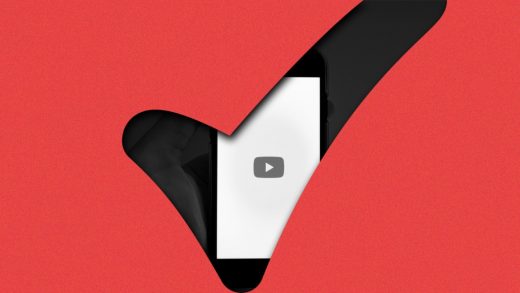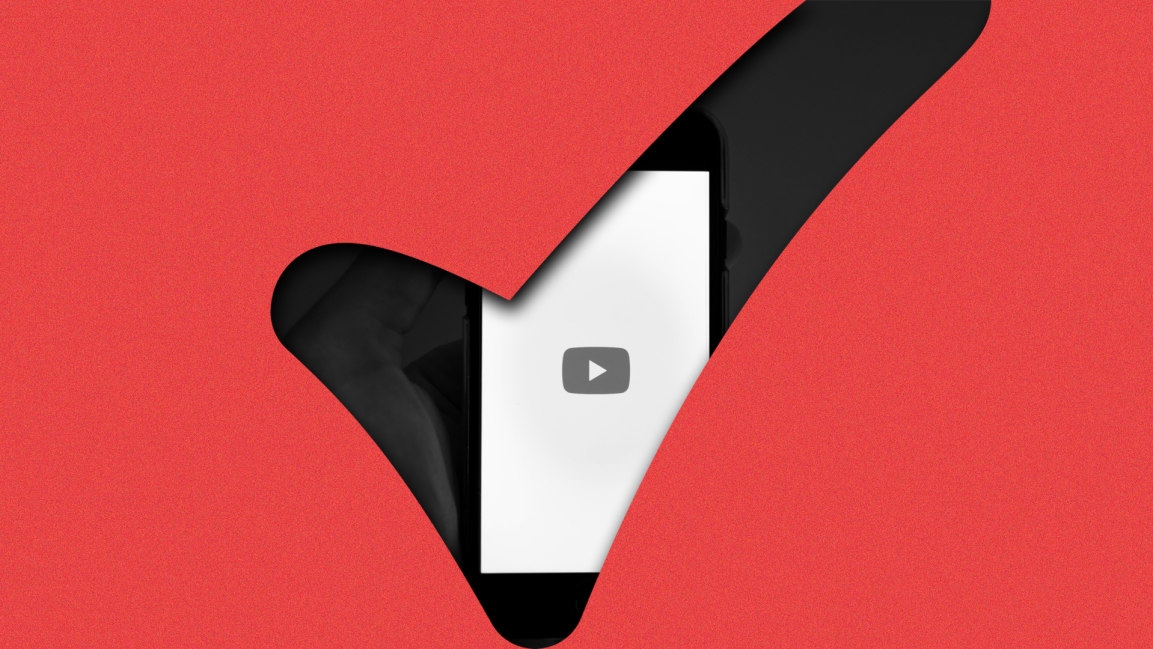Here’s why YouTube is stripping some users of verification badges
YouTube is changing its verification program, including updating the look and the eligibility requirements, the company announced today.
The way it works now is verified channels have checkmarks beside their names, and Official Artist Channels have music notes.
“Through our research, we found that viewers often associated the checkmark with an endorsement of content, not identity,” the company writes in its blog. “To reduce confusion about what being verified means, we’re introducing a new look that helps distinguish the official channel of the creator, celebrity or brand it represents.”
Until now, channels that boasted 100,000-plus subscribers could be verified “regardless of need for proof of authenticity,” YouTube explains. However, as YouTube grew, changes had to be made, the company says. Under the new rules, the secret sauce for verification includes several criteria, such as whether a channel really belongs to the person or company it claims to represent and how prominent the channel is. For instance, is it well known beyond the YouTube-verse, does it have a strong online presence, and does it have a name very similar to that of other channels?
Google, which bought YouTube in 2006, could not be reached for comment about whether an appeals process will be put in place for the de-badged and, if so, what it will entail.
Though today’s announcement said the changes were coming late next month, YouTube seems to have already started notifying users of its unverification spree.
YouTube star Jaack Maate tweeted that he was informed he was losing his verified badge, though “I have over a million subscribers and have been creating content for 11 years mate.”
Just lost my verification badge on YouTube because I don’t meet criteria… I have over a million subscribers and have been creating content for 11 years mate.
You’re well weird @YouTube pic.twitter.com/fLJs5vpwJW
— JaackMaate (@Jaack) September 19, 2019
Also on the to-be-stripped list is Mathew Ingram, who writes about digital media for the Columbia Journalism Review. He tweeted that he “almost never” uses his YouTube channel, but “[k]ind of offended TBH.”
YouTube just informed me my channel no longer meets the criteria for verification (I almost never use it). Says “YouTube will now proactively verify channels that represent a well-known or highly searched creator, artist or public figure.” Kind of offended TBH
— Mathew Ingram (@mathewi) September 19, 2019
YouTube maintains that the stricter rules are to help viewers.
“[A]s YouTube has grown and the ecosystem has become more complex, we needed a new way to verify the identity of channels and help users find the official channel they’re looking for,” the company writes. “Our new criteria prioritizes verifying prominent channels that have a clear need for proof of authenticity.”
(20)



